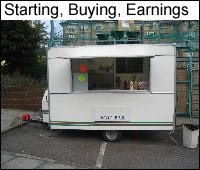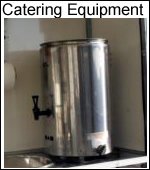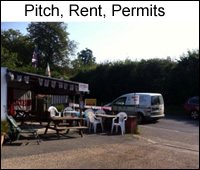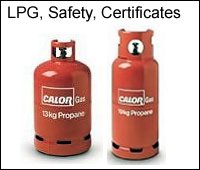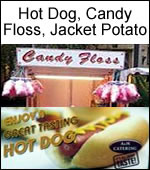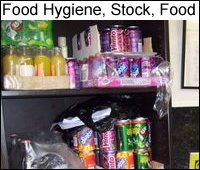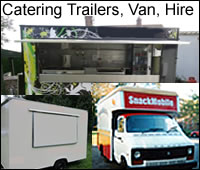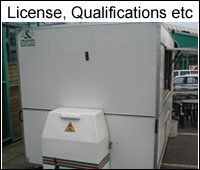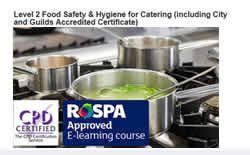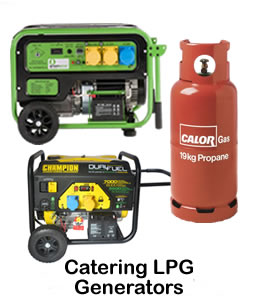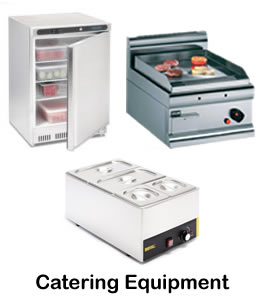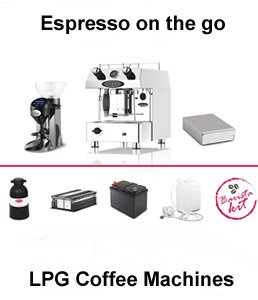LPG catering equipment gas safe certificates
by Dave
Hi,
Easy year we run a camp for a group of kids for a charity. We have struggled to get guidance from employed staff what needs to be done to get the equipment tested/serviced. We require Gas Safe certificates.
We have a number of items from ring burners to water boiler burcos. For many years the equipment has used orange hose to a regulator connected to the cylinder like you would if you went camping with family. The kitchen is set up in a canvas kitchen and the hoses go from the tables the LPG equipment is on, to the floor under the side of the tent to the gas cylinders outside.
We have been told that the hoses can only be 1.5 metres longs, which isn't long enough to go under the tent side to the cylinder.
The engineer today said the equipment needs to be tightness tested of the mains, but we only use cylinder gas. Said he needs to order parts to out between the equipment and the hose to do tests too.
Is this right?
I was under the impression he would just test the hose pressures, regulators and the equipment from the cylinder.
Comments for LPG catering equipment gas safe certificates
|
||
|
||
